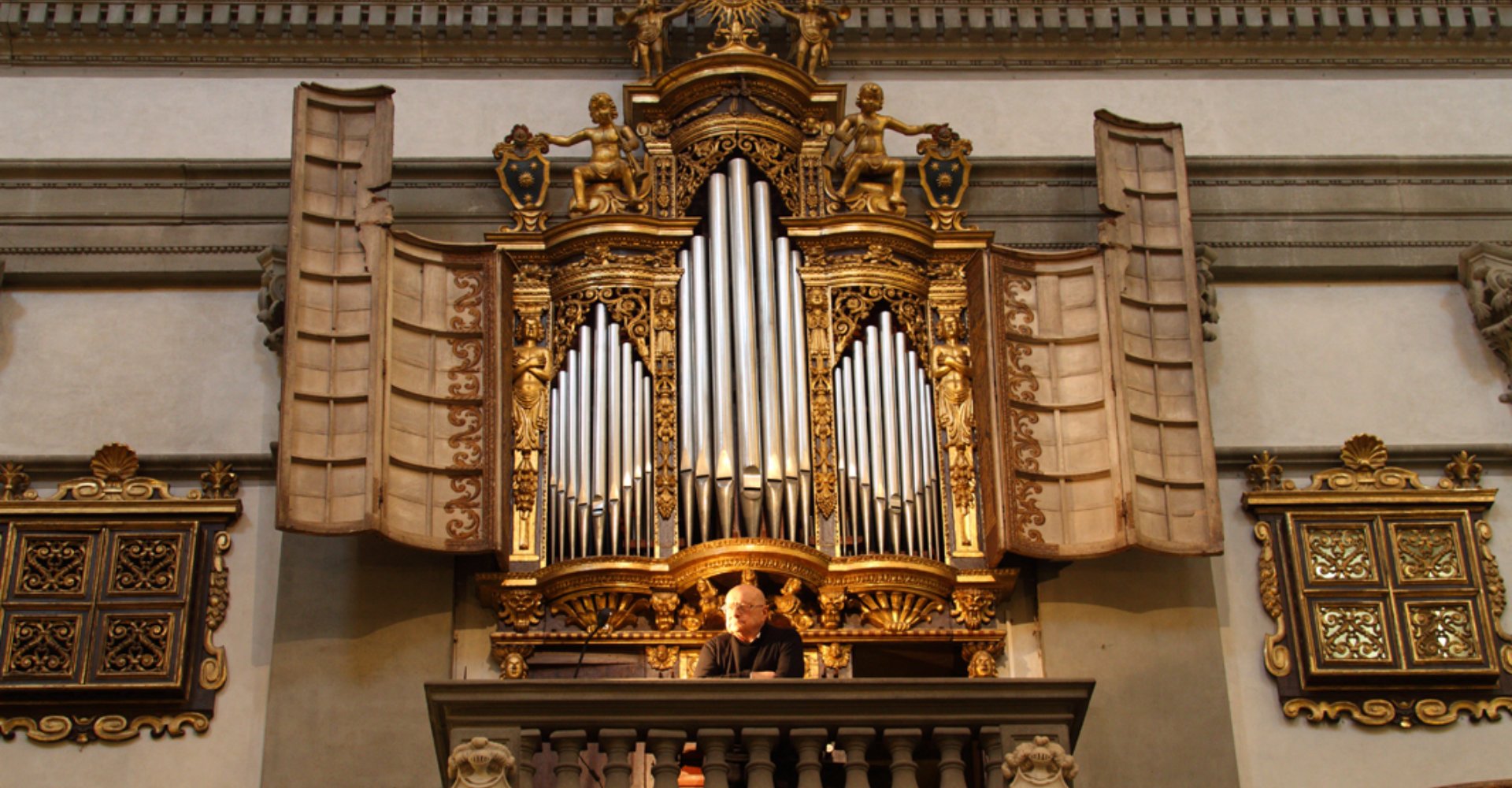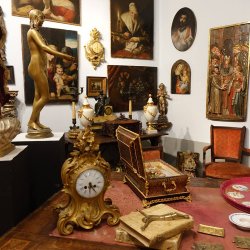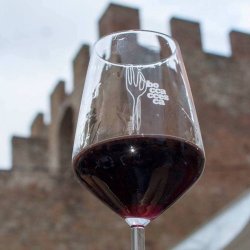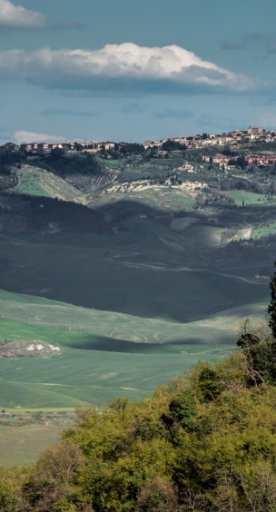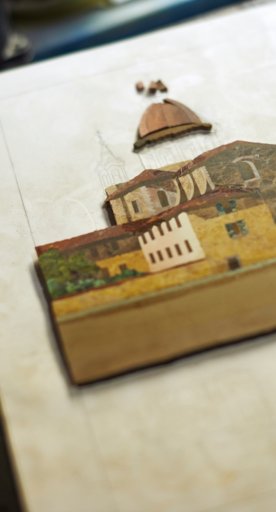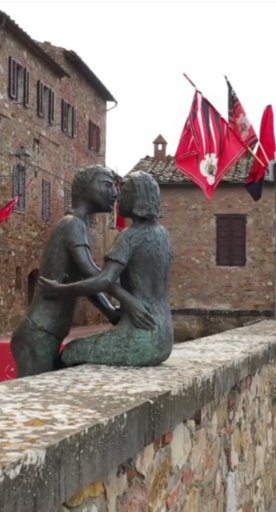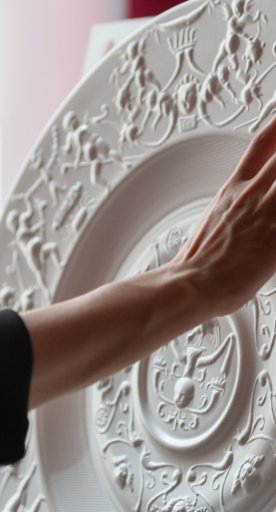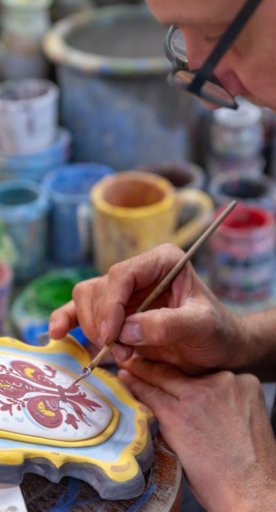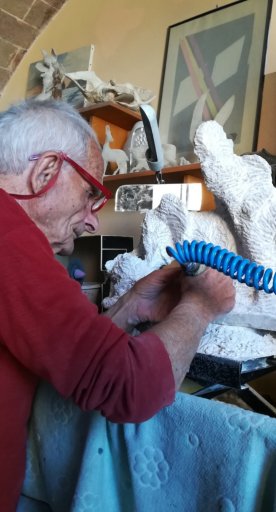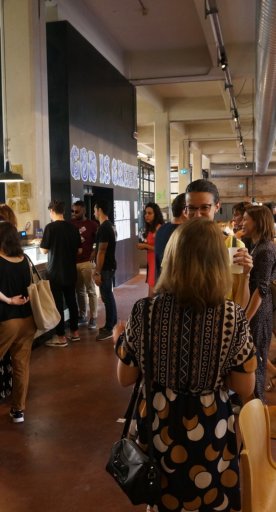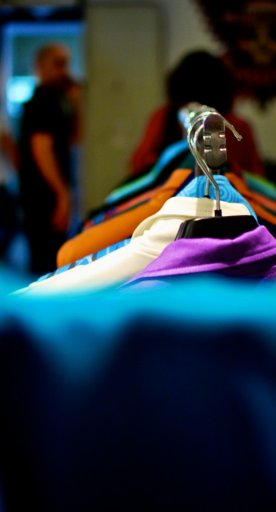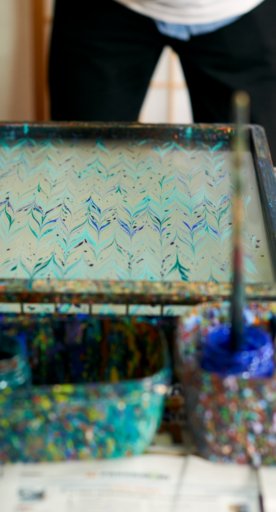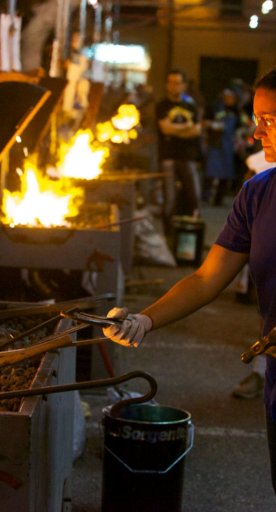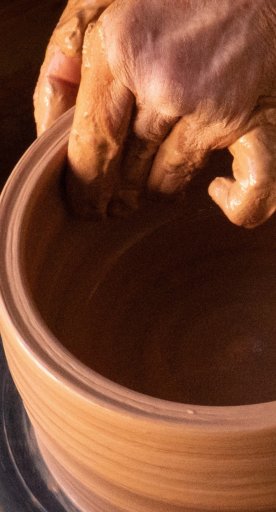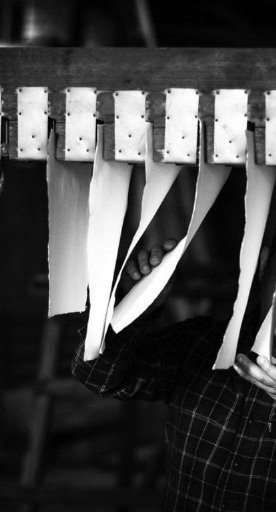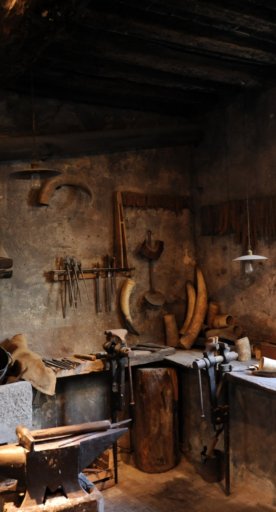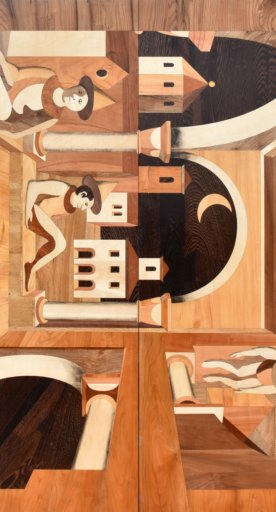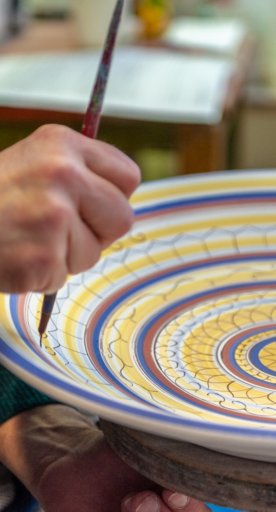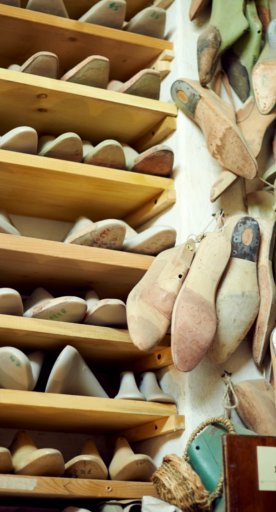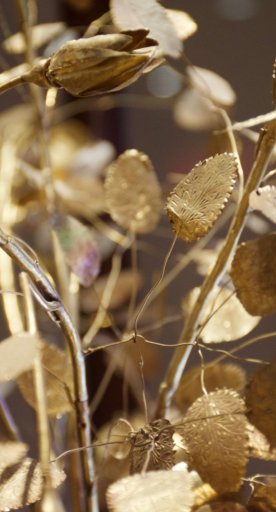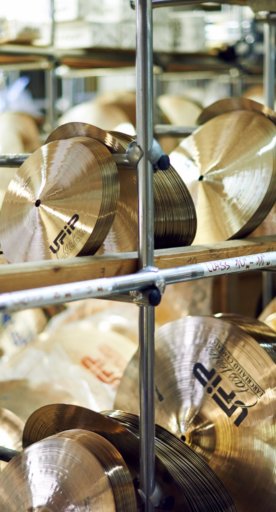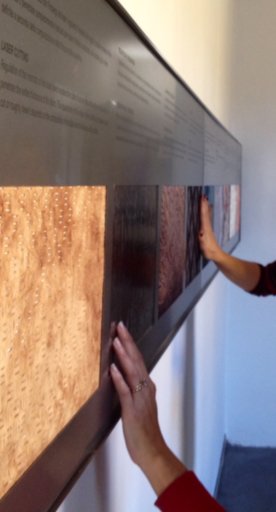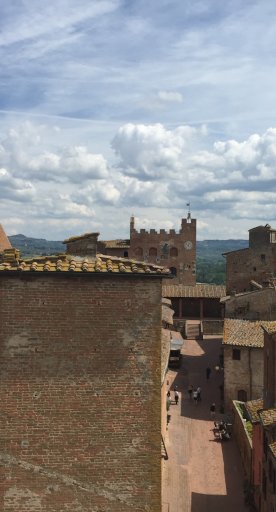Pistoia, city of organs
Discovering the art of Tuscan organ-making
The origins of organ-making in the city of Pistoia can be traced back to the work of some great masters of the 16th and 17th centuries from other Tuscan cities, such as Cesare Romani from Cortona who worked in the Church of the SS. Annunziata, the Basilica of the Madonna dell'Umiltà and the Cathedral, and such as the Lucca families of Ravani and Caciolli (Umberto Pineschi in Gli organi storici della provincia di Pistoia, edited by Keith Sadko, Pisa, Pacini, 1988). Unfortunately, not many traces remain of the work carried out by these craftsmen, partly because many pieces of the ancient instruments were later reused to make new organs.
Organ art in Pistoia made an improvement in quality in the second half of the 17th century, when the Flemish Jesuit Willem Hermans came to the city and built the splendid organ in the church of St. Ignatius, which was taken as a model in later eras.
-
1.The second half of the 17th century: Tronci and Agati
-
2.The early 20th century: the crisis of the industry
-
3.The revenge of historical organs and cultural promotion
The second half of the 17th century: Tronci and Agati
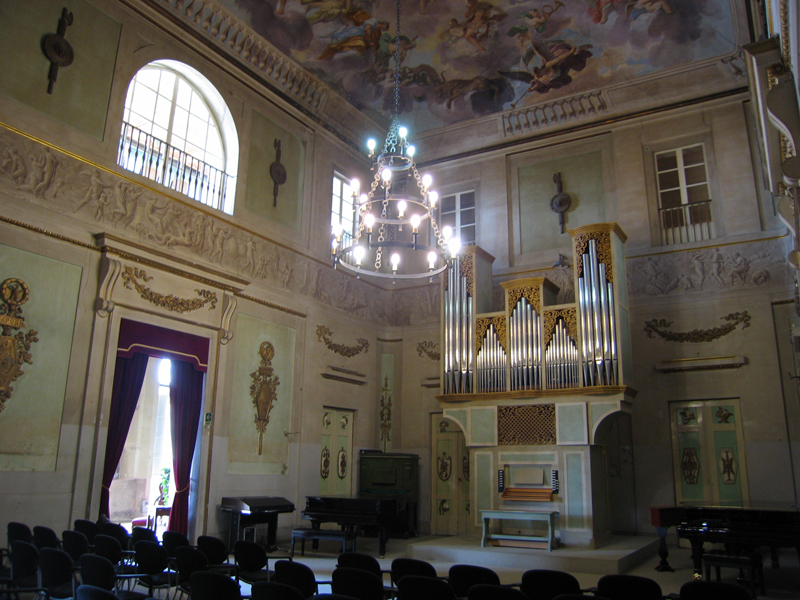
In the second half of the 17th century, a local production linked to the Tronci and Agati families began to establish itself. Brothers Antonio and Filippo Tronci were the forefathers of a progeny of organ builders who, with the acquisition in 1883 of the Agati firm, assumed the monopoly of production in the city. Giuseppe Vallardi, in his Itinerario d’Italia o sia descrizione dei viaggi per le strade più frequentate alle principali città d’Italia (Itinerary of Italy: a description of travel by the busiest roads to major cities in Italy) (1824), emphasized the high level reached by this type of production and its centrality in the local economy: “In Pistoia, good Organs are manufactured and the manufacture of iron serves the subsistence of a large part of the lowly people”.
The work of the Tronci and Agati was known far beyond regional borders. Umberto Pineschi writes: “The Tronci and Agati built not only for Tuscany and other Italian regions, but also for Corsica and southeastern France, the Middle East and Latin America. Pistoia organs were installed, for example, at the Costanzi Theather in Rome, the Basilica of the Holy Sepulcher in Jerusalem, and the Colon Theather in Buenos Aires. If the first and the third have disappeared, the one in Jerusalem, however, is still in place”.
The early 20th century: the crisis of the industry
At the beginning of the 20th century the art of organ-making slowly began to disappear: the causes of the decline can be identified in the reduced financial availability for music in churches and the new artistic orientations of musicians attracted by scores that could not be performed on traditional Italian organs. Instruments were either neglected or left to their own devices: neglect, dust and the desire to free up some spaces inside churches also led to the disappearance of some jewels, such as that of the Madonna dell'Umiltà in Pistoia, ingloriously replaced by an electric organ.
The revenge of historical organs and cultural promotion
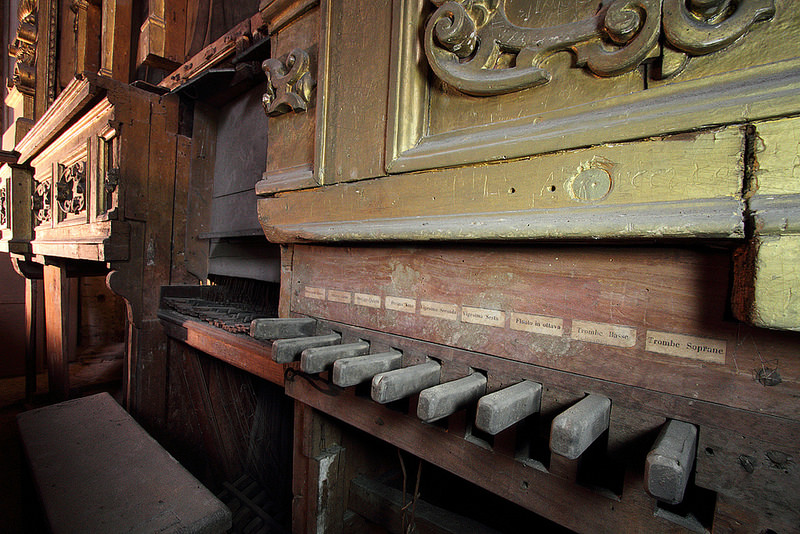
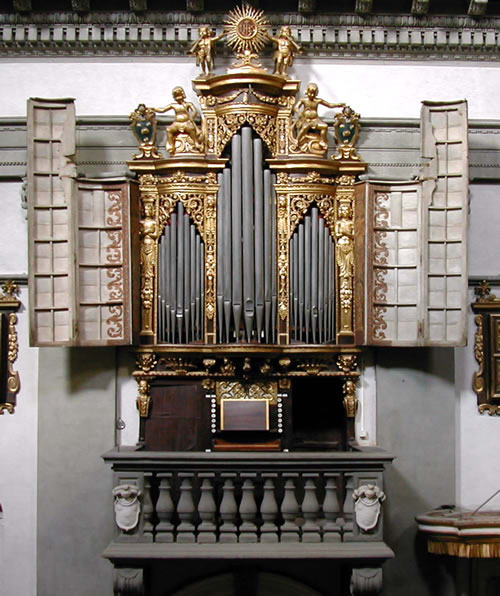 " title="Guglielmo Ermanni organ" >
" title="Guglielmo Ermanni organ" >
The rebirth of Pistoia’s historical organs began in the 1970s with the restoration of the instrument in the church of San Niccolò in Agliana, which prompted many to look with new eyes at the old organs that had been forgotten for years. In 1975, the Accademia di Musica Italiana per Organo (Academy for Italian Organ Music) was born in Pistoia, the first of its kind in Italy, which was joined by organists from all over the world who wanted to try their hand at the instruments that were gradually being recovered.
The initiative was taken by Umberto Pineschi, organist of Pistoia Cathedral, who proposed the creation of an association to promote the knowledge and study of the Italian organ and its literature, with special emphasis on the Pistoia school. The association took, as its symbol, the Willem Hermans organ (1664) in the Church of the Holy Spirit, and in 2001 the name was changed to “Giuseppe Gherardeschi” Organ Academy. Every year the Academy organizes courses, festivals and concerts attended by an increasingly large audience, eager to discover a musical tradition that modernity threatened to erase forever.
